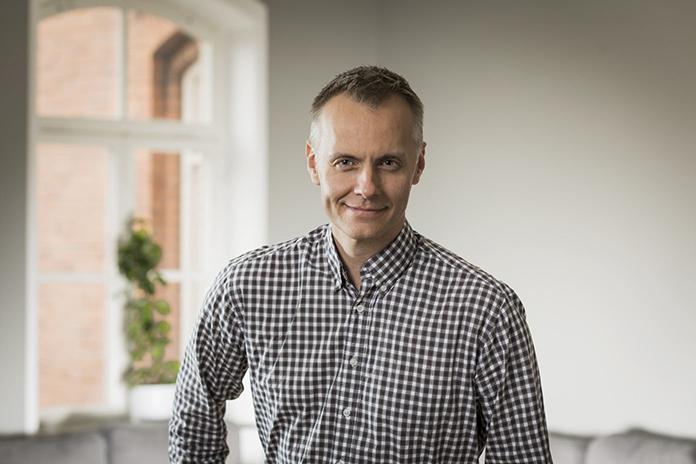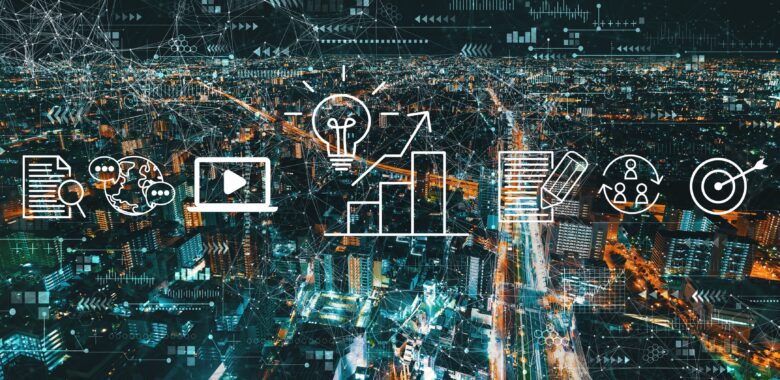Mikael Bergqvist is the CEO of SVEP Design Centre – a company with customers in multiple different market segments, from healthcare to railway infrastructure. The company does everything from product specifications to development and production. They are positioned slightly differently from regular consulting companies in that they support customers throughout their entire IoT journey, overseeing the whole process. This means that the customer does not need to understand everything about the technical process, and they can focus on developing and selling their product.
As part of our IoT Masters series, I met with Mikael to get his thoughts on how best to manage the lifecycle of your IoT product or service, especially if you’re just starting in the industry.

MK: Are you seeing an increase in the number of businesses looking to get connected to the IoT?
MB: The appetite is and has been increasing for several years. It is to do with how the market has changed around IoT and how business is made in the sector today.
MK: Are there any sectors in particular where you’re seeing this boom?
MB: The main sector for growth we’re seeing is healthcare. Businesses in this space are increasingly connecting their medical devices to backend services to gather lifesaving insights.
MK: What is the most important piece of advice you would give an IoT beginner?
MB: The most important thing is to identify the business case for the product and how it is monetized once it is sold as a service. Then make sure the partners you select have a good experience in the area. It’s also vital to make sure you’re using technology with longevity in mind.
MK: What in your experience are the most common mistakes you see companies starting out in IoT make?
MB: The most common mistakes we see are not planning the launch of their device carefully enough, or not considering the cost of the device when supporting it in the field throughout the years. Also not taking care of the quality of the devices across their lifecycle – new connected devices need to be upgraded in the field, and increasingly have longer life expectancies than before.
It is quite a substantial cost to maintain an IoT device over its lifetime. Make sure your budget is scaled to the number of devices in the field, not to mention the data consumption cost. Many small cost items can add up to large, unplanned costs over time.
MK: How much of this cost can be attributed to hardware and software?
MB: When thinking about updating software actively in the field, it’s also worth remembering that the cost to develop the product is about 90% software and only 10% hardware. Continually working on the software and building new features is important, but it can be expensive. The iPhone is a good example of a device with a reasonable hardware cost, but with really good ROI from its software. This is because it updates over time and adds new apps and features. This is not dissimilar at all to the IoT.
MK: You have a device management platform – can you tell us how that works?
MB: It’s a platform that we use for many customers. It is used to support everyone from small businesses with only a few devices in the field to customers with millions of live units. We focus on low cost and on a low data consumption rate on the platform. We support customers in many different countries and also provide a managed service, supporting customers from around the world – from Australia to Sweden.
MK: How important is an ongoing device management policy in IoT?
MB: Device management needs to be up and running for many years and needs to evolve around the changing landscape. As new technology is introduced, you need a plan to update your platform. Your device management policy needs to be updated continuously.
MK: How important is security as an aspect of connecting to the IoT?
MB: It’s very key. Both for end users ensuring that their IoT device is secure and also for the network to ensure it cannot be hacked. So, having good end-to-end security solution is critical to an IoT rollout.
MK: What is the most exciting IoT enabled project/product you’ve had the privilege to be involved with?
MB: The most exciting one is around social care that supports hundreds of thousands of users around Europe to make sure they are healthy and secure in their daily lives.
MK: Many IoT devices are sold as a service today, can you talk about that?
MB: The subscription model is increasingly what we’re seeing today – since this is an end to end product that lives for many years, it needs to have an ecosystem around it. It gives our customers the ability to upsell to get a better margin and recurring revenue. They are also able to provide new services around their product as the development progresses and they can sell new and better features over time. The car industry, for example, is changing from the traditional model of selling vehicles to upgrading the software inside the car several times a year and provide features on demand.
MK: What kind of tech should customers bet on?
MB: To get technology right at the start is tricky. In our role we have to be a bit of a fortune teller – with LTE-M and NB-IoT, it was a gamble in the beginning to work out when the technology would be available everywhere. Now it’s nice to be able to give customers some advice with more certainty. When technology shifts come, that’s when you need to do more planning – such as the move from 3G to 4G to 5G. Close cooperation with our trusted partners, like Thales, ensures we’re tuned into these shifts well before they’re happening.



